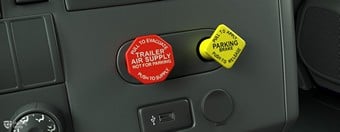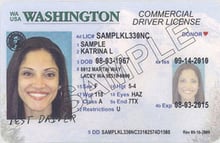If you’re in Washington, check out this free CDL Combination practice test.
The Pacific Northwest is well-known for its mountainous terrain, dense forests, and unpredictable weather. During winter, snow and ice make it difficult for even the most experienced drivers to maintain control of their vehicles. While it offers stunning views, trucking in Washington can be challenging, requiring drivers to handle such precarious conditions.
If you want to drive heavy combination vehicles, you must obtain a Class A Commercial Driver’s License (CDL). Washington’s Department of Licensing (DOL) is responsible for issuing a CDL if you meet the basic requirements and pass a knowledge test at one of their offices. You will also need to pass the CDL skills test in a combination vehicle, which evaluates your ability to safely handle a truck in a closed course. Once a certified examiner is satisfied with your performance, you’ll proceed with a pre-trip inspection and a road test.
This lengthy process can be overwhelming even for the most prepared students, but it becomes easier when broken down into steps. First, you must learn the key aspects of commercial driving and combination vehicles. Make sure to memorize all the steps of your pre-trip inspection, which you should perform in the same way each time. If the truck you intend to drive has air brakes, you must also pass an Air Brakes knowledge test.















